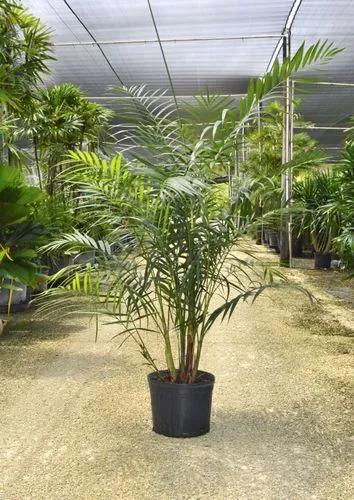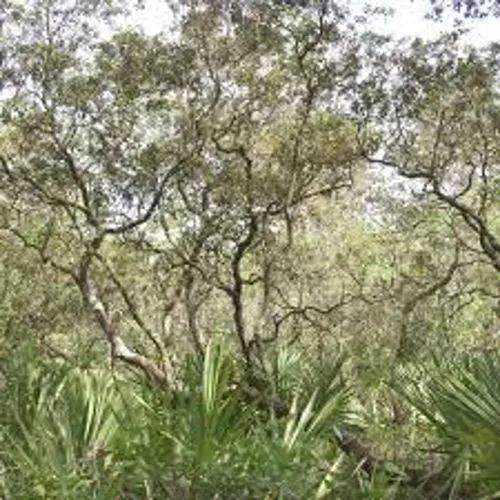Have you heard of the world's hottest pepper? If not, let us introduce you to the Carolina Reaper, recognized by the Guinness World Record as the world's hottest chili pepper. Keep reading and learn how to grow a superhot chili.
Carolina Reaper Care
Capsicum Chinense



The Carolina Reaper (Capsicum chinense cultivar) was developed by Ed Currie of the PuckerButt Pepper Company in South Carolina, USA. It earned its title as the world's hottest pepper in 2013, surpassing the previous record holder, the Trinidad Moruga Scorpion. The heat level of the Carolina Reaper averages over 1.6 million Scoville Heat Units (SHU), making it a true powerhouse of spiciness.
The pepper plant can grow up to 4 feet (1.2 m) tall. It bears smaller bright red pods of chili 2 inches wide (2.5-5 cm) and 2-3 inches (5-7.5 cm) long. Apart from being extremely hot, the Carolina Reaper bears a fruity and sweet taste.
How to Care for the Plant

Water

Carolina Reaper plants prefer slightly moist soil, so be sure to water it when the top inch (2.5 cm) of the soil feels dry. But, overwatering leads to root rot, so be careful when watering.

Pruning

Pinch off the tips to make it bushier and remove damaged, diseased, or infested leaves. Pruning also directs energy towards fruit development, promoting a more bountiful harvest.

Fertilizer

Regular feeding with a balanced, water-soluble fertilizer supports healthy growth and fruit production. During the growing season, apply fertilizer every 2 to 3 weeks. Too much fertilizers lead to too many leaves at the expense of fruit.

Sunlight

Carolina Reaper plants require full sunlight for optimal growth and fruiting. Provide at least 8 hours of direct sunlight per day. If growing indoors, use grow lights to supplement natural sunlight. Ensure the lights are positioned close to the plants to prevent leggy growth. You also need to rotate the pot occasionally so all parts of the plant receive light.

Soil

Well-draining soil with a slightly acidic to neutral pH (around 6.0 to 7.0) is the best. A high-quality potting mix enriched with organic matter would be even better, but avoid using compact soils like clay. Also, adding compost or well-rotted manure can enhance soil fertility.

Propagation

Carolina Reaper plants are best propagated from seeds. Start sowing indoors 8-10 weeks before the last expected frost date. Use a seed-starting mix and maintain a warm, humid environment for germination. Once the seedlings have developed true leaves, transplant them into larger containers.

Temperature

Carolina Reaper plants thrive in warm temperatures (70-90°F or 21-32°C). It's crucial to provide adequate warmth, especially during the germination and growing stages. If growing in cooler climates, consider using heat mats or placing the containers in a sunny, sheltered location.

Container

Pots will save you space and time. Choose a large one with good drainage to prevent waterlogging. Drainage holes in the pot bottom are a must to prevent the plant from sitting in excess water.

Fun fact

One intriguing aspect of the Carolina Reaper is its unique appearance. The pepper has a distinctively wrinkled and pitted surface, with a bright red color that intensifies as it ripens. The tail of the pepper, resembling the stinger of a scorpion, adds to its visual appeal.

Popularity

2,194 people already have this plant 228 people have added this plant to their wishlists
Discover more plants with the list below
Popular articles






